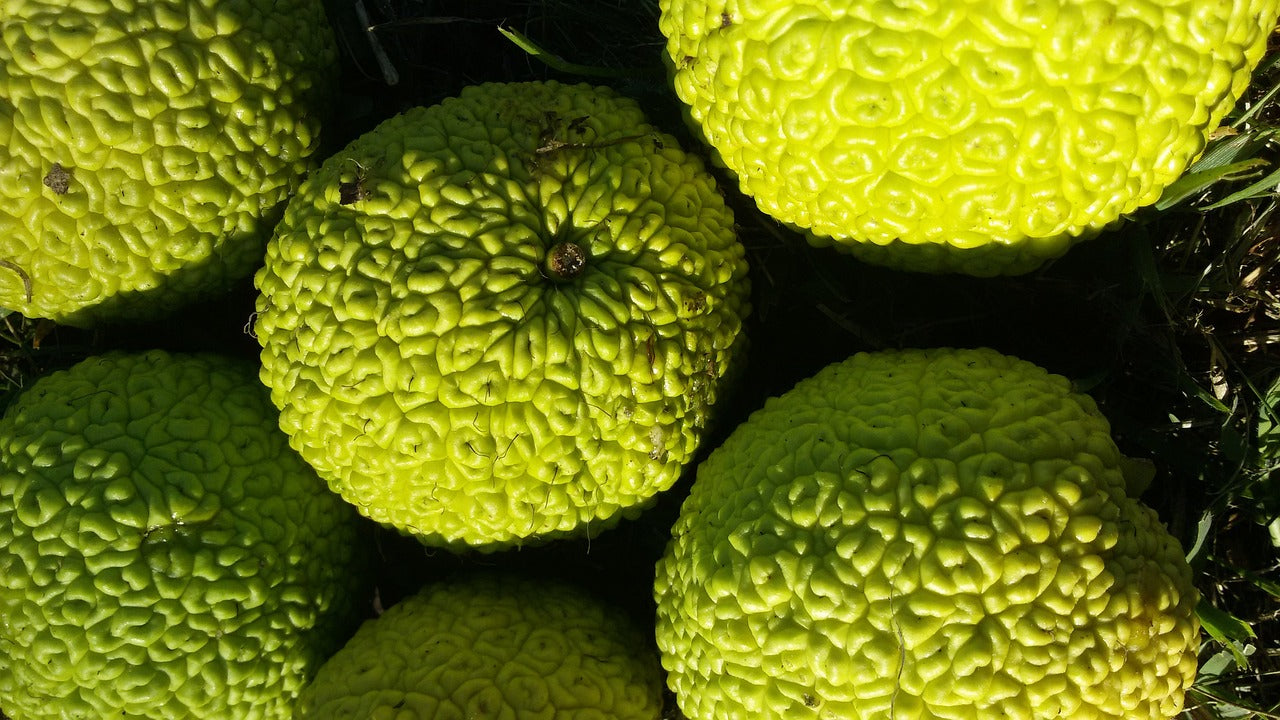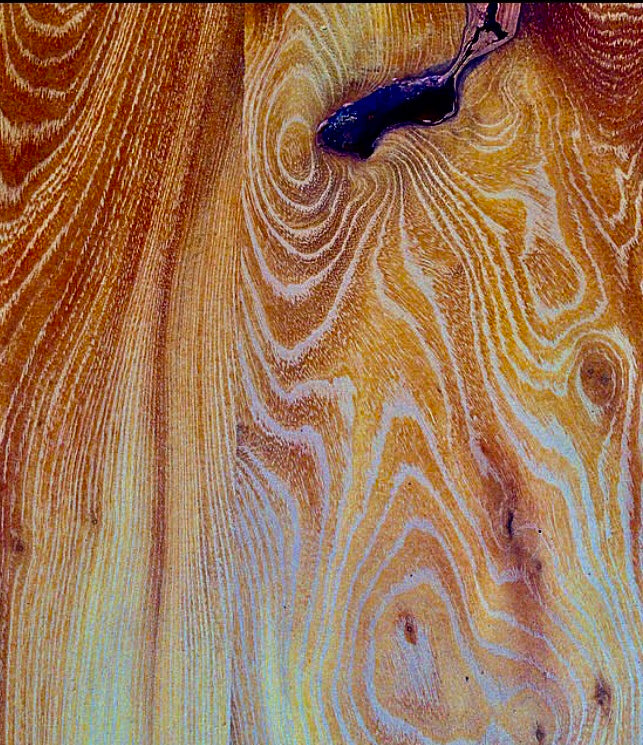Osage Orange (Maclura pomifera)
Osage Orange (Maclura pomifera)
Local Pickup Available in Harrop, BC
Couldn't load pickup availability
2 year old bareroot seedling 12”-16" tall
Osage Orange is a spiky non edible, small tree that can form impenetrable fences when planted tightly and pruned appropriately. Hence its other name hedge apple. Though the fruit is inedible it has a use as a natural pesticide and insect repellent. The wood was highly prized for its bow making ability due to incredible strength but pliable nature. Beyond its weaponry potential the wood has a beautiful yellow hue and is also considered a tone wood by instrument makers. Apart from its practical applications, Osage Orange is also valued for its ornamental qualities. The tree has a unique, rugged appearance, with a gnarled and twisting trunk. In the fall, it produces large, inedible, green fruits that resemble oranges, adding an unusual visual interest to landscapes.
- Soil: Osage Orange is adaptable to various soil types, thriving in everything from rich loams to clayey and sandy soils. It shows a particular fondness for well-drained soils.
- Water: While it exhibits good drought tolerance once established, Osage Orange benefits from regular watering during its growth phase, especially in dryer climates.
- Sunlight: Preferring full sun, this tree flourishes under direct sunlight, which aids in its vigorous growth and fruit production.
Historical Significance and Traditional Uses:
- Importance to Indigenous People: Historically, Osage Orange held immense value for various Native American tribes. Its wood was prized for its strength and flexibility, making it an ideal material for crafting bows, a use so prevalent that the tree is sometimes called "Bois d'Arc," which means "wood of the bow."
- Hedge Rows and Fencing: Before the advent of modern fencing, the tree was commonly planted in tight rows to serve as a natural barrier for livestock, thanks to its dense growth and thorny branches.
- Natural Dye: The wood of the Osage Orange contains a natural yellow-orange dye, which was traditionally used by indigenous people for coloring textiles.
Share




Collapsible content
The Tree
Height at maturity:8 Meters
Hardiness Zone:
4
Water Requirements:
Low
Years to bear:
6+
Solar:
Prefers full sun
Pollination:
Male and Female trees. Female trees produce fruit and require a male to make fruit
Soil:
Tolerates a range of soil types.
The Benefits
-Drought tolerant
Additional info
-Can be used as a rootstock for mulberry
-Incredibly rot resistant wood (good for fence posts)
Subscribe to our emails
Lots of Free Growing Info. Be the first to know about new plants and exclusive discounts.



